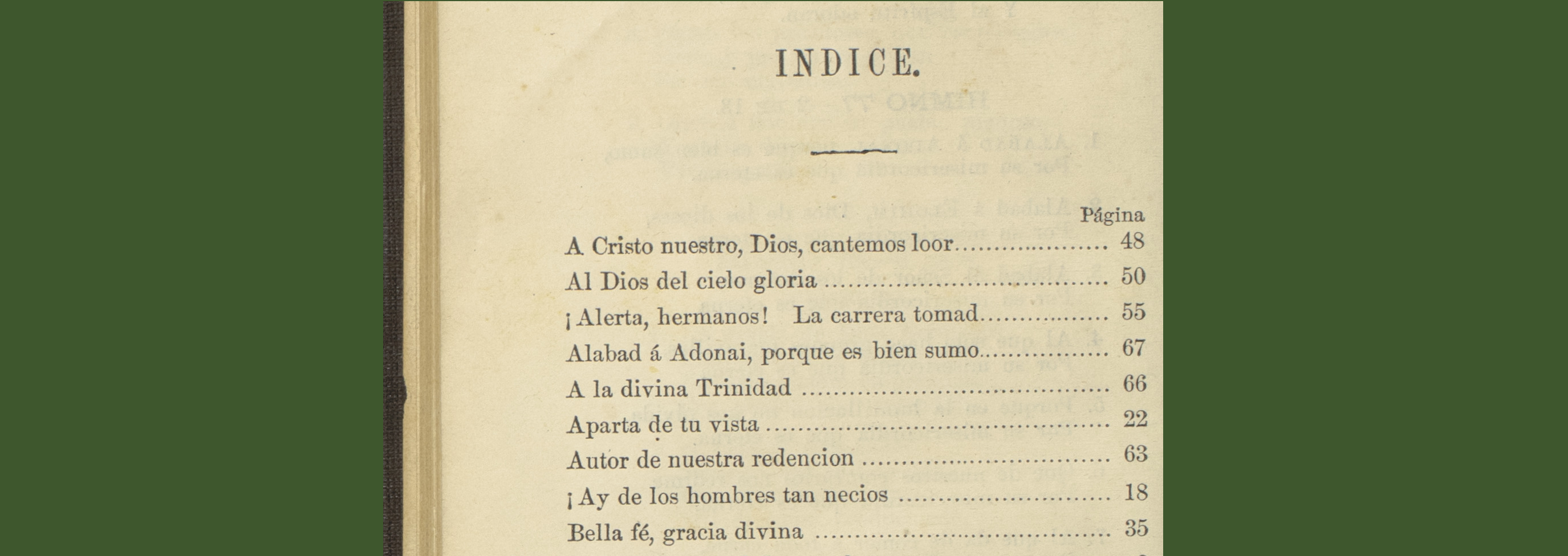
Spanish sacred music in what is now the United States dates to the late sixteenth century. Rare print collections of sacred music began appearing in California as early as the 1750s. Numerous manuscript collections of Catholic liturgical and paraliturgical music were created in the Alta California, Sonora, and Chihuahua regions of north Mexico later annexed during the US–Mexican War (1846–48). In the late nineteenth century, Spanish-speaking populations on both sides of the border joined evangelical denominations in large numbers, shaping American, Mexican, and Spanish-American styles of sacred music. Gospel music was a crucial source of repertoire for Mexican collections like the 1870s Himnos de las Iglesias evangelicas created by Spanish-speaking Christians and the 1877 Himnos de las iglecias evangelicas created by Anglo-American missionaries. Gospel music proved equally influential on early twentieth-century Spanish-language publications from Florida, Texas, and New Mexico. Even when writing for Protestant worship, Spanish-language hymnodists took advantage of popular Catholic devotional poetry and often republished or closely emulated the work of early-modern writers like Luis de León (1527–91) and Tomás José González-Carvajal (1753–1834).
—Erin Fulton